What is a Self Cover Booklet?
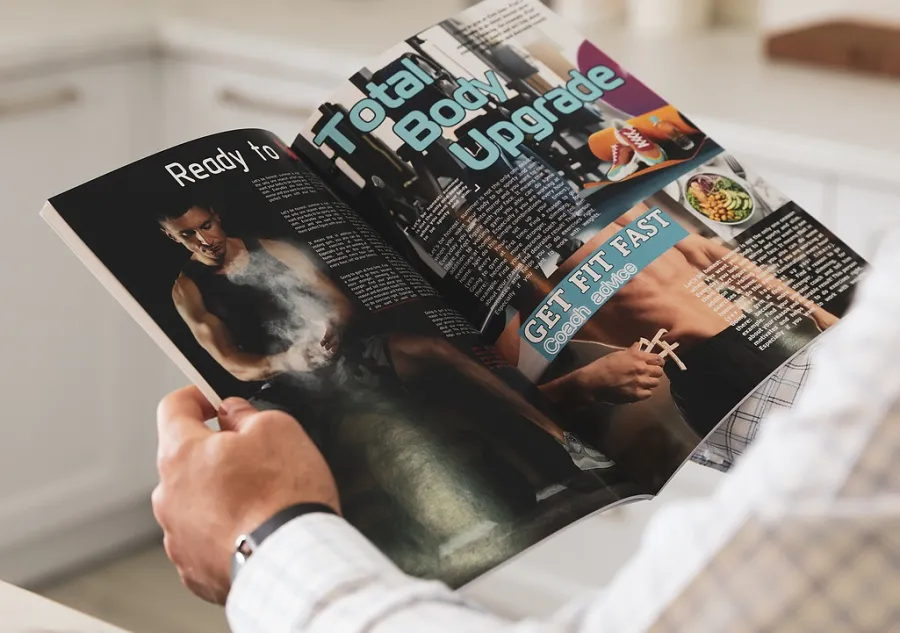
estimated reading time: 5 minutes
What does Self Cover mean?
The term "Self Cover" refers to a book or booklet that uses the exact same type of paper for the cover as it does for the pages. The entire booklet - exterior cover and interior pages - is printed on the exact same paper stock.
The ink colors printed on the cover and pages could be different, but as long as the exact same type and weight of paper is used throughout the entire document, it is known as a Self-Cover booklet.
Technically, any softcover binding style can be used in conjunction with the self-cover option. However, saddle-stitching is the binding method most frequently used to create self-cover books.
Self Cover vs Plus Cover
Creating books with the Self Cover technique is a different approach than the one used to create most books. The vast majority of printed books are "Plus Cover" books.
The term Plus Cover means the cover stock is different than
the page stock and thus must have its specifications listed separately from the
page specifications. This applies to the specifications a client supplies to a printer when requesting a quote as well as the specifications listed on the quote that the printer supplies to the client.
The cover stock of a Plus Cover book can differ from the page stock in a variety of ways. For example, a book's cover is often created from a thicker weight of paper to add durability and increase the longevity of the book. The cover is also frequently made from a glossier stock than what is used for the pages, especially if the cover has full-color images and the pages are mostly plain text. Sometimes, the cover stock is even a different base color than the page stock.
These variations are why the specifications for the cover and the specifications for the pages must be listed separately for a Plus Cover book.
What types of booklet projects use the Self Cover option?
1. Booklet projects that require the lowest possible cost -
One of the primary advantages of creating a self-cover book
is the reduced cost. Self-cover books are more economical because the process
of printing and assembly is more efficient than plus-cover books.
Since self cover books use the exact same paper throughout, the entire book can be printed, folded, and assembled in a single production run. This is a much more efficient process than a plus-cover book that uses different papers for the cover and pages.
A plus-cover book requires two
separate production runs - one for the pages and one for the cover. Each would
have to be cycled through the printing press separately, then matched up and
collated together prior to binding.
Conversely, a self-cover book only requires a single production run. This minimizes the amount of time and labor needed for printing and construction. Hence, the reduction in manufacturing
cost results in a lower unit price for the books.
Another step that can frequently be eliminated when creating
self-cover books is the scoring of the cover. Heavier stocks often need to be
scored along the fold line prior to assembly so they fold easier. By using a
lighter weight of paper for the cover, the scoring step can often be eliminated.
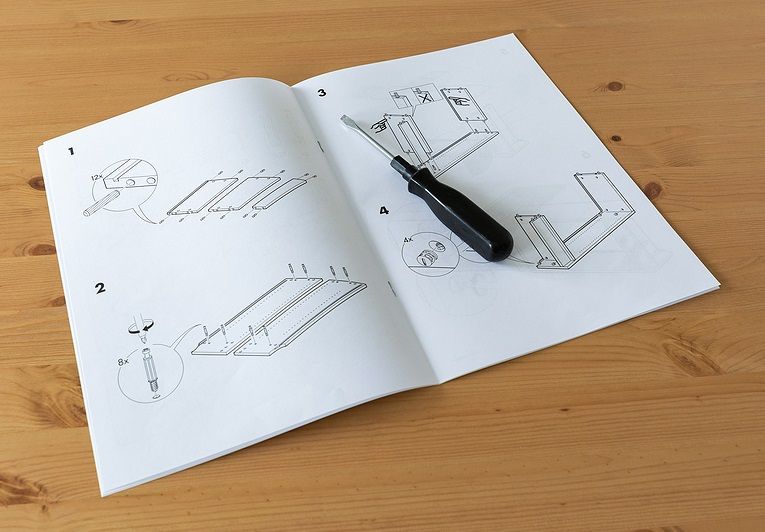
2. Booklet projects that have a relatively short lifespan -
Many booklets are created to be used only once or for a
limited time. Hence, there is no real need for the book to have a durable cover.
A heavier cover would serve no purpose if the book will be discarded or filed
away after seeing minimal use.
For example, product assembly manuals or installation guides
are usually not referred to over and over again. Once they have served their intended
purpose, these booklets are tossed out or put away in a box or drawer.
Event programs and informational pamphlets are other
examples of bound documents that do not usually require the need to be
constructed from long-lasting materials.
Also, books used as giveaways, such as the thin coloring or activity
books sometimes handed out to young children in a restaurant, are usually created as
self cover booklets.
3. Booklet projects that need lower mailing or shipping costs -
Bound multi-page documents that will be distributed by mail,
such as newsletters, bulletins, or promotional mailers can often be kept from entering into a
higher postage bracket if the paper weight isn't unnecessarily heavy.
Also, a cover that matches the thinner text weight of the pages will reduce the overall thickness of booklets. So when shipped in bulk, more
booklets will fit into a carton. The thinner cover will also reduce the overall weight of the shipment to some degree,
potentially saving on freight costs.
4. Booklet projects that benefit from using a heavier paper stock throughout -
When discussing the self cover concept, we tend to think of
reducing the cover weight to match the pages. But the page weight could also be
increased to match the cover. As long as the weight and type of paper is the
same throughout the booklet, the production efficiencies are still in play.
This is welcome news for product catalogs or bound brochures
created to promote higher-end products and services. Using a thicker
cover-weight paper throughout the entire booklet provides a prestigious look
and feel. These are important attributes for marketing literature,
especially when promoting upscale offerings.
Are you looking for affordable printing and binding services?
If you are looking for an affordable book printer, whether
for self cover books or otherwise, be sure to get a quote from Color
Vision Printing. Either use our simple Quote Request form to send us your specifications so we can email a quote to you, or give us a
call at 800-543-6299 to discuss your project.
Color Vision has been printing and binding all types of books for decades. We offer saddle-stitching, perfect binding, spiral coil binding, wire-o, plastic comb, and more. Be sure to get in touch with us if you are looking for quality printing and binding at a reasonable cost.
As always, we look forward to assisting you!
Related Articles

Printing Booklets: 5 Popular Types of Binding for Booklets
Read This Article
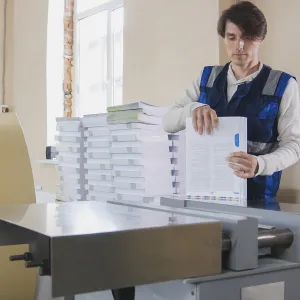
Short Run Book Printing: The Gateway to Self-Publishing
Read This Article
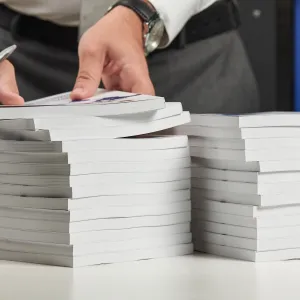
Perfect Bound Books: Exploring the Perfect Binding Process
Read This Article
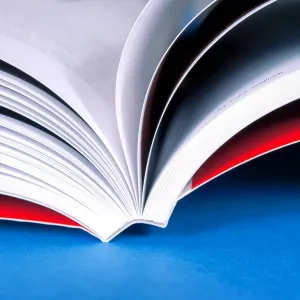
Custom Book Printing: What is PUR Binding?
Read This Article